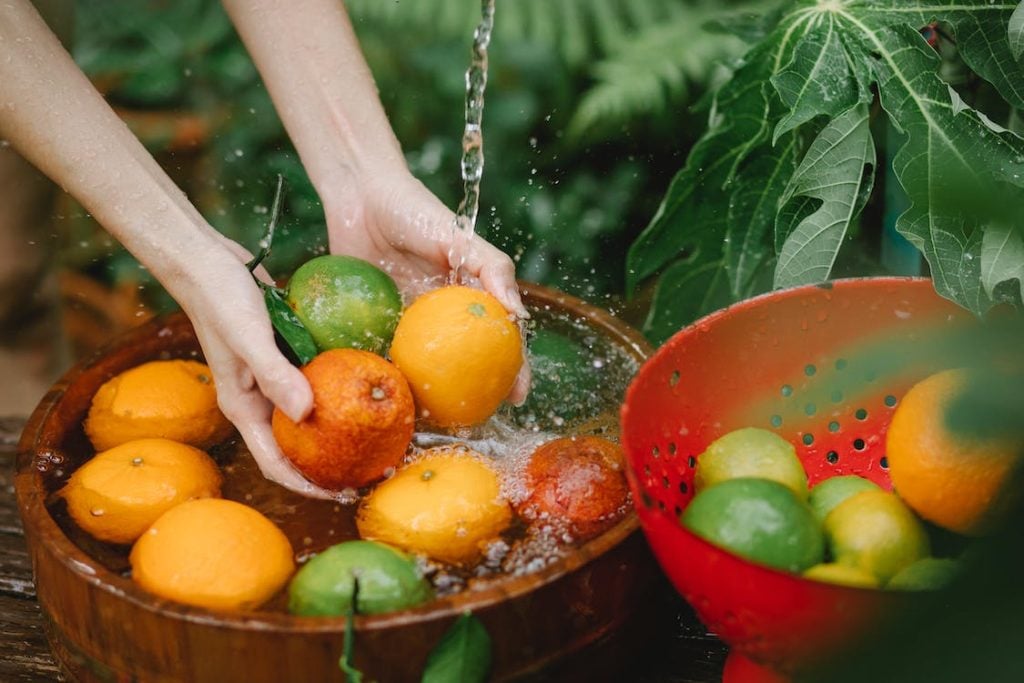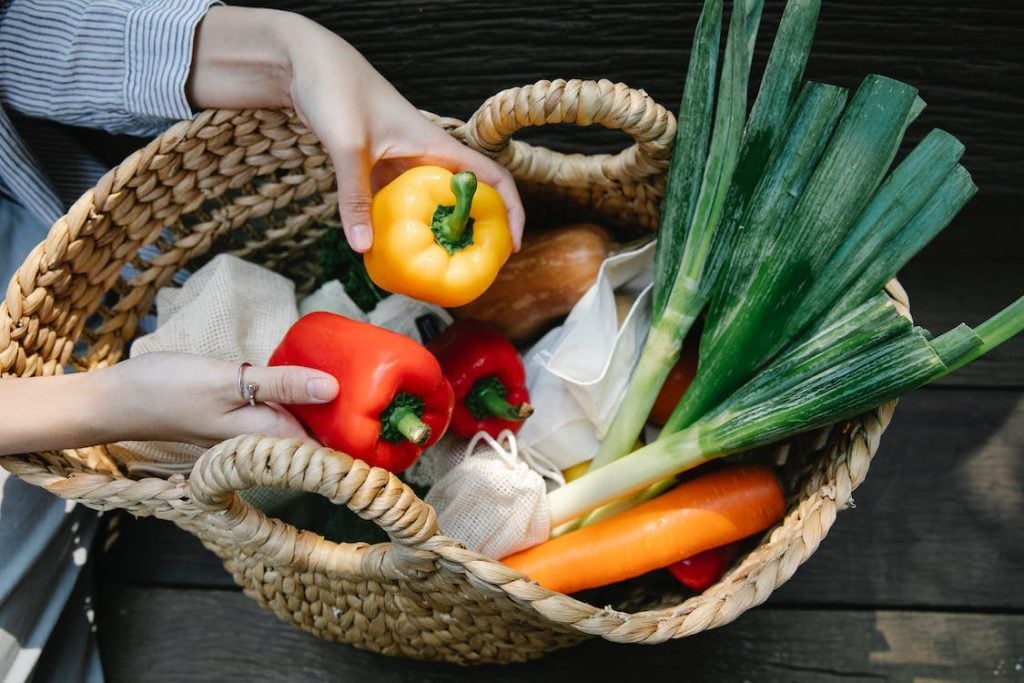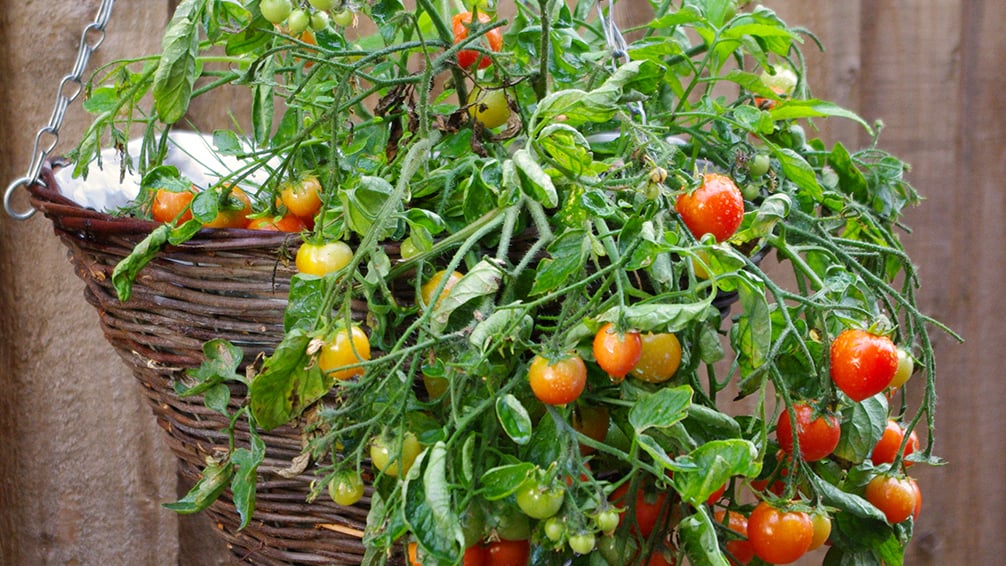BLOGS
Edible Garden Ideas You Must Try
Edible Garden Design Ideas to Boost Production and Beautify Your Space
Creating an edible garden is a wonderful way to grow fresh produce while beautifying your outdoor space. Whether you have a spacious backyard or a small balcony, designing your edible garden thoughtfully can maximize productivity and add aesthetic appeal to your surroundings. Here are some ideas to inspire your edible garden design:
What is Basic Edible Gardening?
Basic edible gardening involves cultivating edible plants that can be harvested for consumption. It includes growing herbs, vegetables, and fruits that suit your climate and growing conditions. The primary focus is providing sunlight, water, and nutrients to support healthy plant growth.
How Do You Start an Edible Garden?
Starting an edible garden is an exciting journey. Begin by choosing a suitable location for your garden. Consider areas that receive at least six hours of sunlight daily. Whether you have a backyard, a balcony, or a small patio, make the most of the available space to grow your plants.
The Basics of Edible Garden Design
When designing your edible garden, there are a few key factors to consider. First, think about where you should make your garden. Look for areas with sufficient sunlight, good drainage, and easy access for watering and maintenance. Assess the available space and choose the appropriate gardening techniques accordingly.
Make the Most of Vertical Height with Hanging Baskets
If you have limited space, maximize your growing area using vertical height. Hang baskets or wall-mounted planters to grow herbs, trailing vegetables, and even compact fruit varieties. This approach saves space and adds visual interest to your garden.

How Do You Plan an Edible Landscape?
When planning an edible landscape, consider the layout and arrangement of your plants. Group plants together based on their water and sunlight requirements. Create pathways and designated areas for different crops. This makes maintenance easier and adds structure and organization to your garden.
Herbs and Vegetables for Edible Landscaping
Incorporate a variety of herbs and vegetables into your edible landscape design. Choose plants that offer both culinary and aesthetic value. For example, plant colorful Swiss chard or kale as decorative elements, and include fragrant herbs like basil, rosemary, and thyme that can be used in your cooking.
Grow Vegetables in Pots
If you have limited garden space, don’t worry! You can grow vegetables in pots and containers. Choose containers of suitable size and depth for each vegetable. This allows you to move the pots around to optimize sunlight exposure and create a flexible garden layout.
Using Natural Materials Like Wood, Stone, Plastered Cement, or Metal Create an Organic Feel for Any Edible Landscape Design
To add a natural and organic feel to your edible garden, incorporate wood, stone, plastered cement, or metal. Use these materials for raised beds, pathways, or decorative elements. They blend well with the surrounding plants and create a harmonious and inviting atmosphere.
Embrace Grafted Fruit Trees to Maximize Space
Grafted fruit trees are an excellent choice for small gardens. These trees have multiple fruit varieties grafted onto a single rootstock, allowing you to enjoy a variety of fruits from one tree. By embracing grafted fruit trees, you can maximize space and enjoy the flavors of different fruits in your garden.
Make It Special – Embrace the Design
Don’t be afraid to incorporate your style and creativity into your edible garden design. Add decorative elements like garden art, colorful plant markers, or trellises for climbing plants. Let your garden reflect your unique taste and make it a special place to enjoy and relax.
Grow Crops That Offer Rich Rewards
Consider growing crops that offer rich rewards in taste, nutrition, and productivity. Choose varieties known for their exceptional flavor or unique characteristics. Focus on high-yield vegetables like tomatoes, peppers, beans, or leafy greens that provide a bountiful harvest throughout the growing season.

Types of Pot Containers + Edging Around Garden
Explore different types of pot containers to add variety and visual interest to your garden. Use ceramic pots, terracotta containers, or recycled materials like wooden crates or barrels. Additionally, consider adding edging around your garden beds using stones, bricks, or decorative borders to define the space and create a polished look.
Plant by Height with the Step System: High – Low – Flow
For an organized and visually appealing garden, follow the step system of planting by height. Place taller plants at the back or center, medium-sized plants in the middle, and shorter plants at the front or along the edges. This creates a flowing and layered effect that enhances the overall aesthetic appeal of your garden.
What are the Best Crops to Plant in an Edible Garden?
The best crops to plant in an edible garden depend on your preferences, local climate, and growing conditions. Consider popular choices like tomatoes, cucumbers, lettuce, herbs, strawberries, and peppers. Research suitable varieties for your region and select crops that thrive in your specific microclimate.
Plant Herbs, Crops, and Flowers Together
Create a harmonious and diverse garden by intermingling herbs, crops, and flowers. This practice, called companion planting, can help deter pests, attract beneficial insects, and improve pollination. For example, plant marigolds to deter pests, basil to enhance the flavor of tomatoes, or nasturtiums to repel aphids.
Look to Vertical Vegetable Garden Ideas to Save Space
Vertical vegetable gardens are an excellent option for maximizing space. Utilize trellises, stakes, or vertical planters to grow climbing vegetables like beans, peas, or cucumbers. This saves ground space and adds an interesting vertical element to your garden design.
Front Yard Garden Strategy
Consider incorporating edible plants into your front yard garden. Use raised beds or designated areas to grow vegetables, herbs, and flowers. This beautifies your front yard and allows you to showcase your edible garden to neighbors and passersby.
Plant a Small Vegetable Garden Amongst Flowers
Integrate a small vegetable garden amidst your flower beds or ornamental plants. This blending of edible and non-edible plants adds visual interest and creates a dynamic garden. Mix colorful lettuces, herbs, or compact vegetable varieties with flowers like marigolds or pansies for a vibrant and productive space.
Incorporate Seating Into Your Landscape Design
Create a cozy and inviting atmosphere in your edible garden by incorporating seating areas. Add benches, chairs, or even a small patio to relax and enjoy the fruits of your labor. It provides a perfect spot to unwind, entertain guests, and fully appreciate the beauty of your edible garden.
Grow Fruit Trees in Containers
If you lack space for traditional fruit orchards, consider growing fruit trees in containers. Select dwarf or compact varieties that are suitable for container gardening. You can enjoy homegrown fruits, such as citrus, apples, or figs, with proper care and maintenance, even in small spaces.
Remember, designing an edible garden is a creative and personal process. Tailor your garden to suit your preferences, available space, and local conditions. Experiment with different ideas, adapt them to your needs and enjoy the journey of creating a productive and visually stunning edible garden.

Brittany Corporation’s Luxury Lots in Daang Hari: Where You Experience Both Seclusion and Accessibility
Imagine waking up every morning to the picturesque beauty of nature, where the vibrant colors of your edible garden blend seamlessly with the elegance of your luxury house and lot in Metro Manila. At Daang Hari/Forresta, developed by the renowned Brittany Corporation, this dream becomes a reality.
Luxury lots in Daang Hari offer an exquisite lifestyle like no other, combining the convenience of metropolitan living with the serenity of nature. Nestled in the heart of Alabang, these exclusive properties provide a tranquil escape from the hustle and bustle of the city while remaining just a stone’s throw away from its vibrant energy.
The meticulously designed Daang Hari subdivisions offer a haven for nature enthusiasts and gardening aficionados alike. With expansive lots, you’ll have ample space to create your own edible paradise, where you can grow an array of organic vegetables, aromatic herbs, and flavorful fruits. Picture yourself strolling through your bountiful garden, handpicking the freshest ingredients to elevate your culinary creations. Your home becomes more than just a dwelling—it becomes a sanctuary of health, wellness, and gastronomic pleasure.
Beyond the verdant landscapes and edible gardens, these luxury houses from Brittany Corporation showcase impeccable craftsmanship and sophisticated design. From the grand façade to the smallest details within, no expense has been spared in creating an atmosphere of opulence and elegance. These homes exude luxury and embody a refined lifestyle that befits the discerning taste of their owners.
In addition to the stunning houses and edible gardens, the location of Daang Hari/Forresta offers a host of amenities and conveniences. Situated near Alabang, you’ll have access to premier shopping centers, renowned schools, world-class hospitals, and a myriad of recreational facilities. Experience the best of both worlds—seclusion and accessibility—right at your doorstep.
Are you ready to embark on a journey where luxury living and the delights of nature intertwine? Discover the luxury lots in Daang Hari and let your edible garden flourish amidst an oasis of sophistication. Embrace the exceptional lifestyle that awaits you in Alabang, Philippines.
Final Words
In conclusion, creating an edible garden is not only a practical way to grow your food but also an opportunity to enhance the beauty of your outdoor space. You can design a productive and visually appealing edible garden by incorporating the above ideas.
Start by understanding the basics of edible gardening and choose a suitable location for your garden. Maximize vertical space with hanging baskets, utilize pots and containers for growing vegetables, and embrace natural materials to create an organic feel. Consider grafted fruit trees to optimize space and grow crops that offer rich rewards in taste and productivity.
Plan your garden layout by grouping plants based on their needs and incorporating elements like pathways and seating areas. Explore companion planting and vertical gardening techniques to save space and add visual interest. Don’t forget to incorporate your personal style and make your edible garden unique and special.
Whether you have a small balcony or a spacious backyard, there are numerous possibilities to create an edible garden that provides fresh produce and becomes a beautiful and inviting outdoor oasis. So roll up your sleeves, dig into the soil, and start designing your edible garden today!
Suggested Read: Condo Gardening: 10 Household Items To Get You Started
Suggested Read: Edible Garden To Make Your Home Pretty And Healthy
Suggested Read: Gardening Ideas For Your Home Open Space
Suggested Read: The Where And Why Of Vertical Living
Suggested Read: Vertical Garden And Its Benefits















